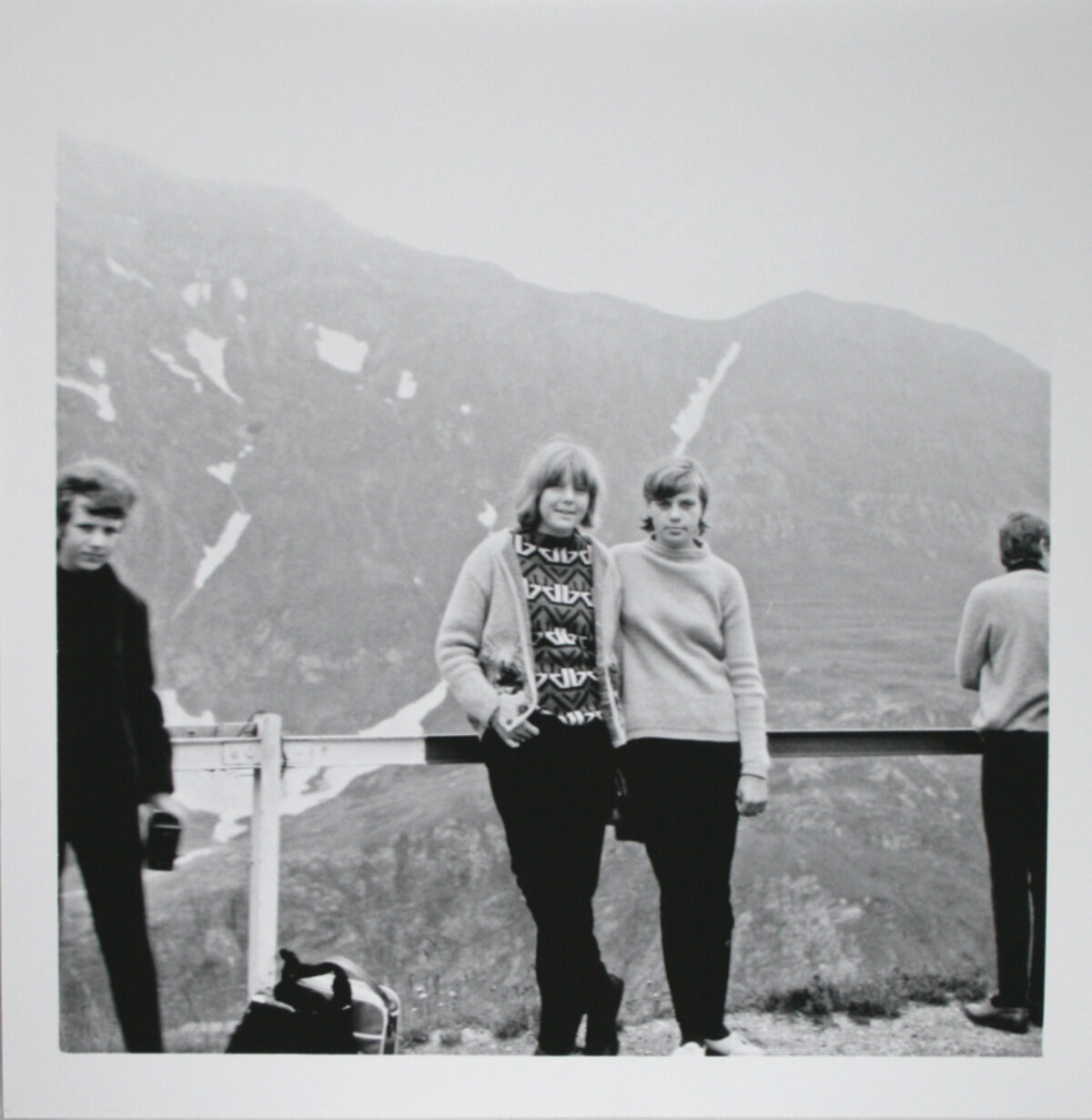Born 1952 in Leverkusen-Opladen, Germany
Rosemarie Trockel became known in the early 1980s for her knitting pictures and her industrial cubes fitted with hot plates. Her knitting pictures were made from machine-knitted woollen material stretched onto frames. The machines were operated by men, though knitting was considered a fundamentally female activity. The pictures were patterned with various geometrical motifs or recognizable logos, including the Playboy bunny and the hammer-and-sickle, whose semantic sense is apparent. Repeated, and juxtaposed with white spaces, these motifs and logos created abstract, minimalist patterns [and objects – I’m not sure what you mean by „objects“ – shapes, perhaps?]. By making conceptual pieces and deliberately borrowing from the Minimalist idiom, Trockel was boldly commenting on the male-dominated art movements of Conceptualism and Minimalism.
Though Trockel eventually moved away from her early knitting pictures and sculptures, and began producing installation and video work [or films?], she remained faithfull to her original intention, continuing to intelligently and humorously challenge the status and role of women in society. Her drawings, collages, and prints, which she considers equivalent to her sculptures, installations, and video works [or films?], are important mediums for her subversive messages. In these works on paper, she attacks, through ironically cheerful imagery, the overblown dominance of men in society. In her later works, such as her presentation for the 1999 Venice Biennale, she explored the world of children and adolescents, subject matter which had been largely ignored by artists. Trockel was the first woman to represent Germany at the Biennale.
Together with artists like Jenny Holzer, Cindy Sherman, and Barbara Kruger, and her friend and gallerist Monika Spruth, Trockel, with her committed and coherent work, made room for women in the art world. She managed to maintain her lightness and intellectual playfulness while taking on the serious task of undermining the patriarchal structures of society, and she dared to approach the typically taboo, visceral subjects of childbirth, menstruation, and menopause. Trockel is among the artists who have significantly changed the common understanding of what art is [and who makes art and inspired the work of many young female artists, like Tracy Emin or Eva Kotatkova.
Text by Noemi Smolik
